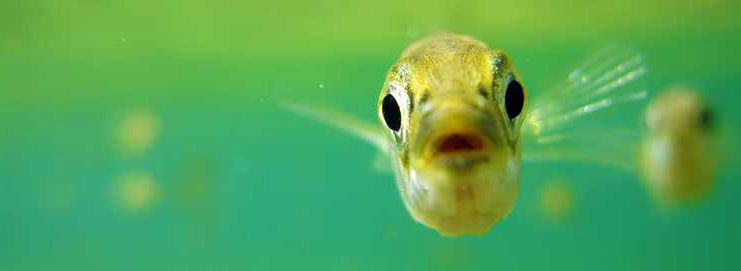Fickle Sticklebacks
Perspective
A little fish in Alaska is astonishing evolutionary researchers by its ability to adapt quickly after the state’s great earthquake of 1964. This designed adaptability supports creation theories about God’s design for animals to fill changing environments.
For decades, evolutionary biologists have touted members of this fish family, called sticklebacks, as an example of evolution in action, though they believed stickleback evolution required thousands of years of random change. Most stickleback species live in the ocean, but they are highly successful at populating waterways across the globe, and freshwater species are found in the lakes and rivers of North America, Europe, and Asia.
Sticklebacks have unusual spine-like spikes and armored plates instead of scales. The freshwater sticklebacks in rivers and lakes have few armor plates and seem to have descended from heavily plated ocean varieties. Evolutionary biologists believe they adapted from their saltwater ancestors gradually over thousands of years, after the glaciers receded and left behind bodies of freshwater on the northern continents.
Creationists have argued, in contrast, that the original created kinds, or baramins, of fish diversified rapidly after the Flood into lots of species, by the Creator’s design. Most of that change took place in just a few centuries after the Flood, according to information already built into the fishes’ genes.

Jsatoshi | Dreamstime.com
A surprising report published in December 2015, however, supports the creationist idea that diversification can take place rapidly—even within a few years. In this study, biologists observed sticklebacks that were trapped in Alaskan ponds cut off from the ocean by the massive earthquake in 1964. When the salt filtered out of the ponds, the sticklebacks diversified into freshwater species within a few generations. The study also verified that no freshwater sticklebacks lived in the ponds during the earthquake, so the freshwater species must have descended from saltwater species trapped there during the earthquake.
The researchers were astonished by how rapidly change took place in these fish. Evolution can’t explain this by random changes and deaths over thousands of generations. They were also surprised that the new species looked very similar to freshwater species found in much older lakes created by retreating glaciers.
Such discoveries suggest that all the freshwater stickleback species were designed to diversify within just a few years if fish were trapped in freshwater. The humble stickleback shows God’s design for animals to adapt to specific new environments rapidly, not over millions of years of wasteful, random change and death.
Answers Magazine
April–June 2016
How well do you know the views of modern creationists? Test your knowledge and then discover how Christians can effectively share the gospel with homosexuals.
Browse IssueRecommended Resources

Answers in Genesis is an apologetics ministry, dedicated to helping Christians defend their faith and proclaim the good news of Jesus Christ.
- Customer Service 800.778.3390
- Available Monday–Friday | 9 AM–5 PM ET
- © 2025 Answers in Genesis





